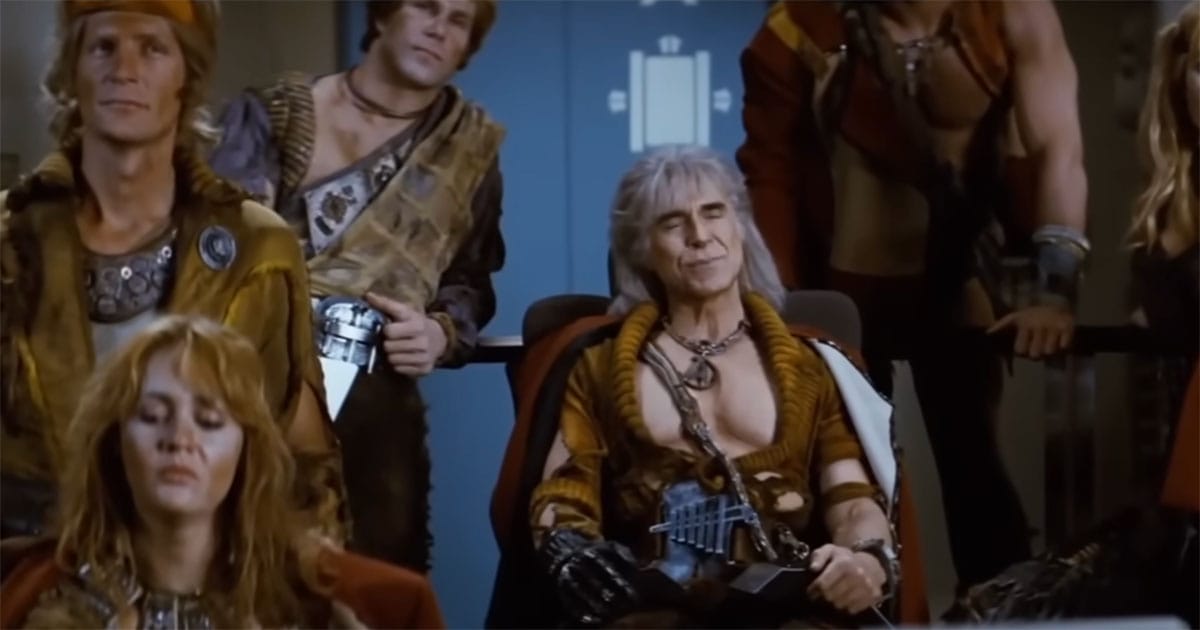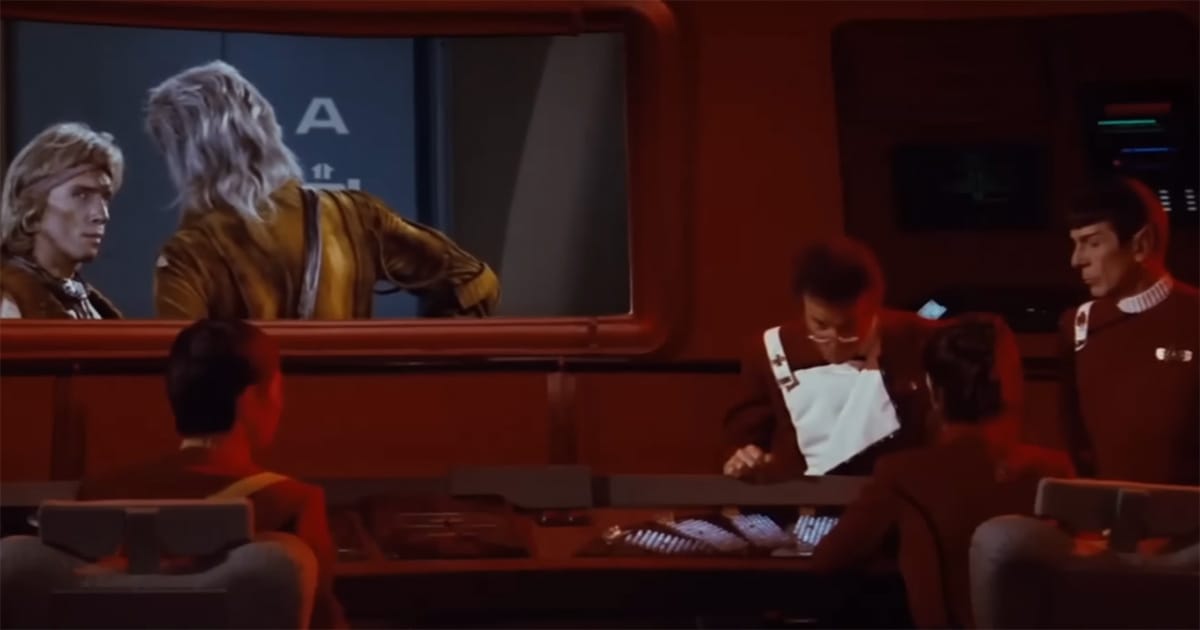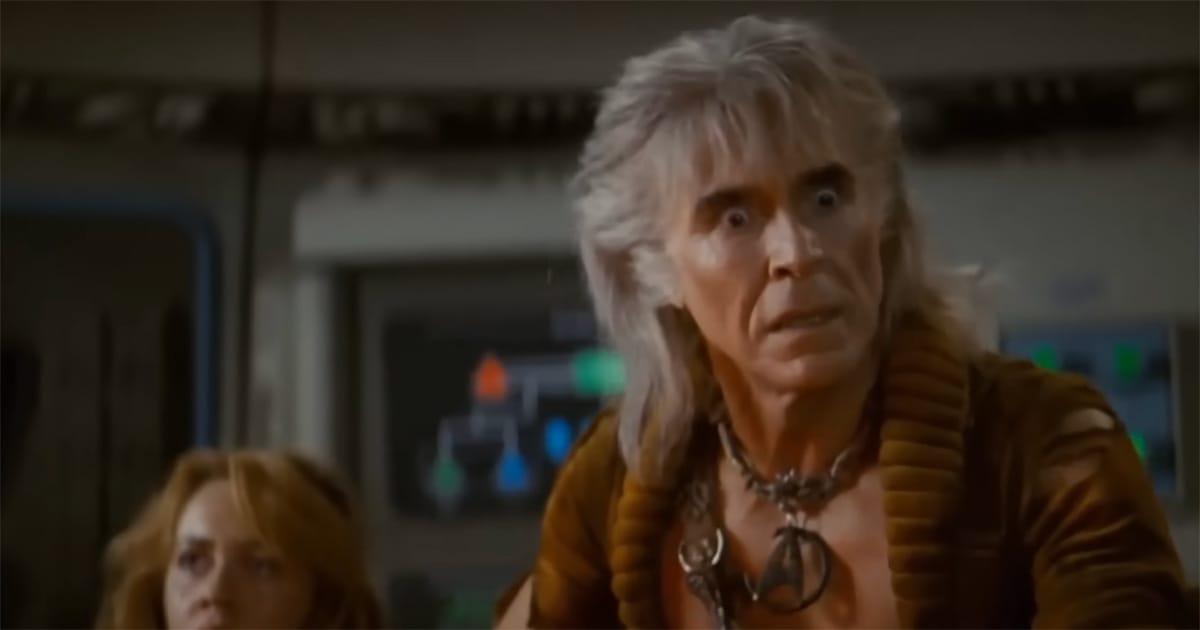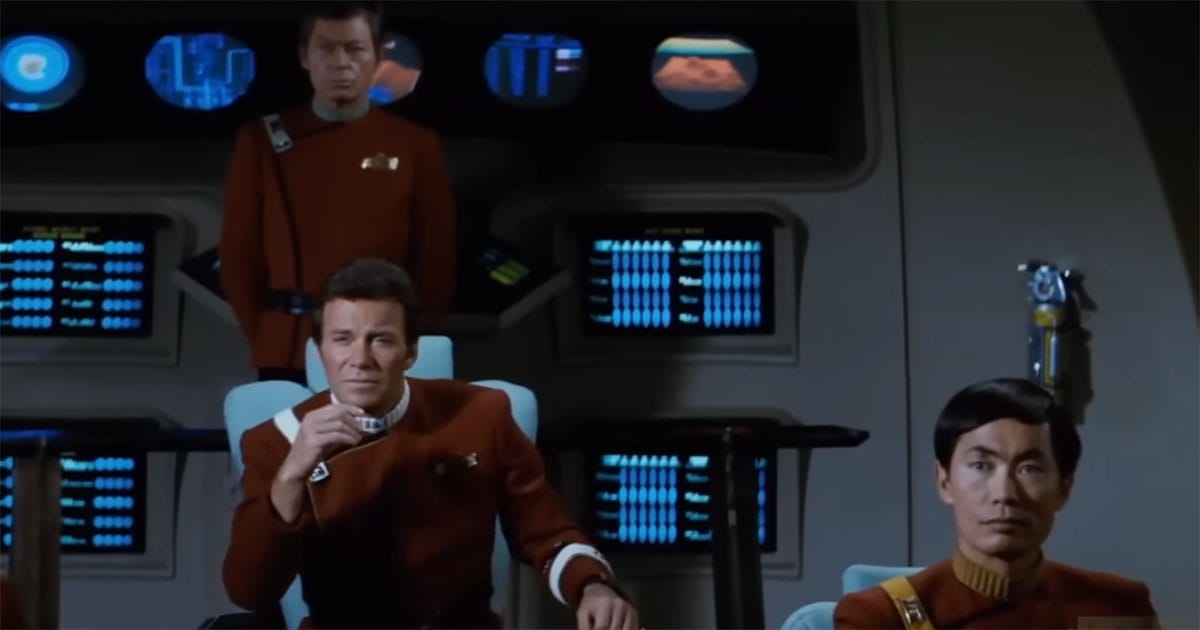What if Khan Had Boarded the Enterprise?
A closer encounter with Khan aboard the Enterprise reshapes the tactical, emotional, and thematic core of "The Wrath of Khan," revealing how proximity alters destiny in this classic science fiction tale.

A Disturbance in the Pattern
In the great narratives of science fiction, it is often a single decision—a moment’s choice—that redirects the entire arc of fate. A door left open, a button pressed too soon, a command issued without hesitation. These are the hinges upon which the future turns, both in stories and in life.
Among the most revered entries in cinematic science fiction is a film about revenge, pride, and the burden of command. It tells of two adversaries circling one another, separated by the cold distances of space and the weight of their shared history. Each action is deliberate, every move calculated.
But what if one of those decisions had changed? Not in a grand or bombastic way, but with a minor shift in strategy. The story we know would remain familiar, yet its heartbeat would quicken and its consequences would press closer to the skin.
Tactical Shift – When the Distance Closes
The original conflict unfolds like a naval engagement, the starships maneuvering through space with the caution and precision of submarines stalking one another through the deep. This distance, both literal and psychological, creates a tension that defines the film’s power. It allows time for strategy, for second-guessing, for the slow burn of dread.

Now imagine that distance closing—not metaphorically, but physically. Instead of Khan issuing commands from the bridge of the Reliant, he crosses the gulf and brings the fight directly aboard. This changes everything. The Enterprise, no longer a bastion of containment and control, becomes a battlefield.
The tone of the story shifts as well. It no longer unfolds as a high-stakes chess match between captains but becomes a siege, an incursion, an internal crisis. The quiet corridors of the Enterprise, so often scenes of reasoned dialogue, would echo with the chaos of intrusion. In this alternate telling, phasers are drawn at closer range and leadership becomes a matter of moment-to-moment survival.
The tension becomes more immediate, more intimate. The setting demands quicker thinking, rawer emotion, and a far greater reliance on instinct. Starship captains might still quote literature, but the setting no longer allows the luxury of contemplation. There is no nebula to hide in here.
This kind of narrative has precedent in "Star Trek" episodes like "The Tholian Web" and "Day of the Dove," where internal disruption eclipses external threat. It becomes a story about how command endures under pressure from within.
Character Unbound – Khan Without the Bridge
Khan’s genius lies not only in his strength or intellect but in his sense of destiny. In "Space Seed," he wins loyalty through charisma and commands respect through calculated dominance. By the time of his return, he is driven less by vision than by vengeance. The bridge of the Reliant gives him distance, structure, and control—a platform from which to orchestrate his fury.

Take that away, and the dynamic changes. A Khan aboard the Enterprise is a man out of his element, operating without the safety of command or the detachment of a viewscreen. His charisma still burns, but now it must navigate the confined, unfamiliar terrain of a ship he does not control. He moves through a labyrinth of resistance and variables he cannot anticipate.
For Kirk and Spock, the intrusion forces adaptation. No longer a question of outmaneuvering an enemy ship, it becomes a matter of containing a volatile force inside their own. Kirk’s improvisation and Spock’s logic must now coordinate in real time, not from the captain’s chair but from the corridors and junctions of a ship under threat.
This change reveals what happens when intellect and obsession are stripped of distance and forced into confrontation.
Shifting Themes – From Strategy to Survival
The original narrative of "The Wrath of Khan" is concerned with aging, consequence, and sacrifice. It asks what happens when the past returns not as memory but as force. Its structure gives these themes room to unfold across long silences and sharp exchanges. The distance between ships becomes a metaphor for the emotional and moral distances the characters must navigate.

But if the battle becomes immediate—if Khan steps aboard—the story bends toward different truths. Strategy gives way to survival. Instead of contemplating mortality, the characters are forced to wrestle with it directly, not in principle but in close combat. The abstract becomes tangible.
In this version, the Genesis Device is no longer just a symbol of creation and destruction. It becomes a physical object of urgency, a point of vulnerability within reach of a madman. The question is no longer whether to use it or not, but whether it can be defended long enough to remain unarmed. This tension alters the role of sacrifice. It is not confined to a sealed chamber and a quiet goodbye. It could come in the corridor, on the bridge, or in the engine room—with no certainty and no time for farewell.
Characters change when pressed in this way. Spock may still choose self-sacrifice, but the conditions surrounding it would be different—messier, less contemplative. Kirk might find his command tested not in how he gives orders but in how he physically leads under fire. The grandeur of the original themes is not lost, but it is refracted through a more chaotic and immediate lens.
This scenario asks what happens when order fails, when plans collapse, and when leadership must rise not from reflection but from instinct. It is a story of survival, not strategy, and that makes all the difference.
Echoes in the Alternate Corridor
Science fiction thrives on the exploration of what might have been. A simple deviation—a changed order, a different tactic—can illuminate the path not taken, casting new light on familiar terrain. In this alternate telling of "The Wrath of Khan," we see less of the admiral’s burden and more of the captain’s trial, less chess and more knife fight. The elegance of strategy gives way to the urgency of motion.

This version would not replace the original. It does not seek to. Rather, it sharpens our appreciation of it. By imagining a closer, more chaotic confrontation, we understand better why distance matters in the film we know. We see why Kirk’s command style suits space duels and why Spock’s sacrifice carries the weight of deliberate action rather than desperate reflex.
There is value in these speculative shifts. They remind us that stories are made of choices—by the characters, by the creators, and by the audience. To entertain the "what if" is to honor the "what is," and to reexamine it with renewed clarity.
In the end, the corridors remain quiet, and the nebula still drifts. But somewhere just beyond sensor range, an alternate version of the story plays out—with boots on deck and phasers drawn.

